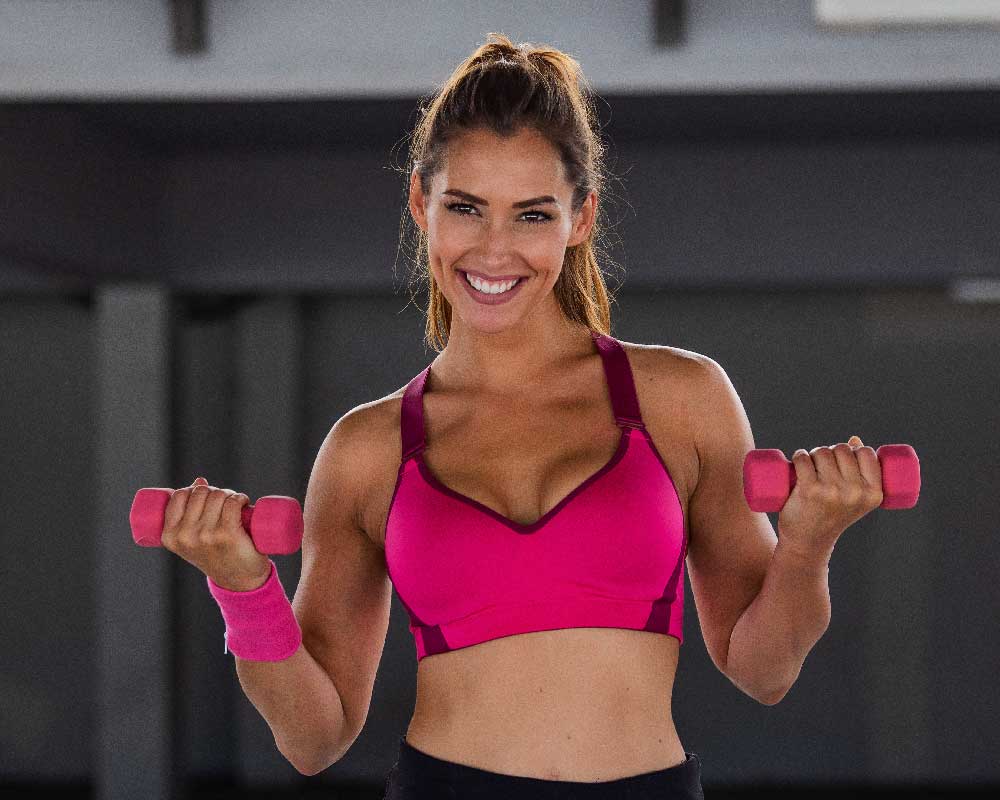
Starting a fitness routine can feel daunting, but it’s also one of the most rewarding steps toward a healthier, more energized life. This guide will help you build a sustainable workout plan that fits your goals, lifestyle, and fitness level, ensuring you stay motivated and on track.
Set Clear and Realistic Goals
- Why It’s Important: Goals give you direction and purpose. They help you measure progress and stay motivated.
- How to Do It:
- Start small: “I want to exercise 3 times a week for 20 minutes.”
- Be specific: Instead of saying, “I want to get fit,” aim for measurable outcomes like, “I want to jog for 10 minutes without stopping within a month.”
- Celebrate milestones: Acknowledge small victories to stay encouraged.
Choose Activities You Enjoy
- Why It’s Important: You’re more likely to stick to a routine if you genuinely enjoy the activities.
- Examples:
- Walking or jogging outdoors.
- Dancing to your favorite songs.
- Bodyweight exercises like squats and push-ups.
- Beginner-friendly yoga or pilates.
Build a Beginner-Friendly Routine
Your Weekly Template:
- Day 1: Cardio (e.g., brisk walking or light jogging for 15–20 minutes).
- Day 2: Strength Training (e.g., bodyweight squats, push-ups, and planks).
- Day 3: Rest or gentle stretching.
- Day 4: Cardio + Strength Combo (e.g., 10 minutes of walking and 10 minutes of light weights or resistance bands).
- Day 5: Flexibility (e.g., yoga or dynamic stretching).
- Day 6: Active Rest (e.g., a leisurely walk or casual bike ride).
- Day 7: Rest and recover.
Warm-Up and Cool-Down
- Warm-Up (5-10 minutes): Prepare your body with light movement, such as marching in place or arm circles, to prevent injury.
- Cool-Down (5-10 minutes): Stretch major muscle groups to improve flexibility and reduce soreness.
Focus on Consistency Over Intensity
- Start Slow: It’s better to do shorter, manageable workouts consistently than to overexert yourself and burn out.
- Gradually Increase: Over time, you can increase the duration, intensity, or complexity of your workouts as your fitness improves.
Track Your Progress
- Why It’s Important: Tracking helps you see improvements and stay motivated.
- How to Do It:
- Keep a journal: Note down your workouts, how you felt, and any progress.
- Use apps: Fitness trackers can log steps, calories, or heart rate.
- Celebrate milestones: When you hit a goal, treat yourself to something that reinforces your success (e.g., new workout gear).
Overcome Common Challenges
- No Time? Try 10-minute sessions twice a day.
- Lack of Motivation? Find a workout buddy or schedule your workouts like appointments.
- Feeling Sore? Rest is part of the process—just keep moving gently.
Beginner’s Do’s and Don’ts
- Do:
- Stay hydrated and eat balanced meals.
- Wear comfortable clothing and proper footwear.
- Listen to your body and rest when needed.
- Don’t:
- Skip warm-ups or cool-downs.
- Compare yourself to others.
- Push through pain (discomfort is okay, pain is not).
Take the First Step
Building a fitness routine is less about perfection and more about consistency. Every step you take, no matter how small, brings you closer to a healthier, stronger you. Remember, the journey is uniquely yours—embrace it and enjoy the process. 💪✨
